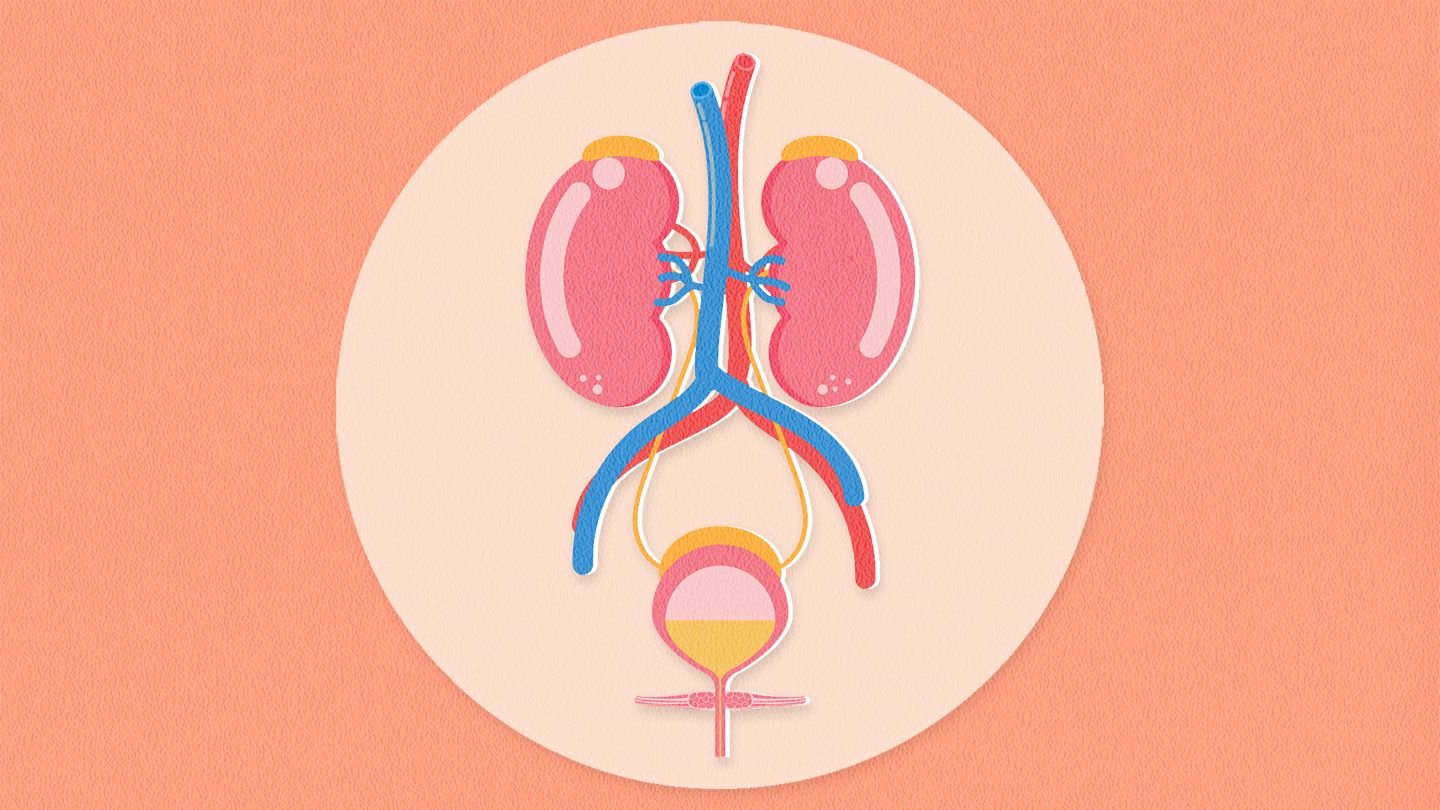Bladder Pain Syndrome
Painful Bladder Syndrome also called Interstitial Cystitis(IC), is a chronic condition that causes pressure, pain, or discomfort in the bladder, lower abdomen, and pelvic area. The bladder is a hollow muscular organ of your body that stores urine. The bladder contracts when it is not filled with urine. Once it gets filled with urine, it expands and sends signals to your brain, creating an urge to urinate. When you are suffering from painful bladder syndrome, you feel the urgent and frequent need to urinate. The symptoms of painful bladder syndrome differ from person to person, range from mild to severe, and may come and go or be constant.
What Are The Symptoms of Painful Bladder Syndrome/Interstitial Cystitis(IC)?
Symptoms of painful bladder syndrome. They are as follow:
- Bladder pain
- Abdominal pain
- Pelvic pain
- A frequent and urgent need to urinate
- Experiencing pain during sex
- Pain getting worse during menstrual period
- Experiencing pain, pressure, or tenderness in the bladder, urethra, vulva, or vagina
The symptoms mentioned above may vary from women to women. During a "flare", the symptoms either get suddenly worse or go away for some time. You should consult with your doctor if you are experiencing any kind of pain or discomfort in the bladder as the condition can get more serious if you get a urinary tract infection along with interstitial cystitis.
What Are The Treatment Options For Painful Bladder Syndrome/Interstitial Cystitis(IC)?
There is no one particular treatment that can eliminate painful bladder syndrome. The doctor will recommend a combination of treatments to control the symptoms. Some of the treatment options are as follow:
Bladder Instillation
In bladder instillation, the doctor places asmall amount of liquid containing prescription medication into your bladder.This solution needs to be held for approximately 15 minutes before you expel itthrough urination
Surgery
Surgical options are recommended by the doctor only when the other treatment options fail and the symptoms become severe. Surgery options include bladder augmentation, cystectomy (to remove the bladder), and urinary diversion.

